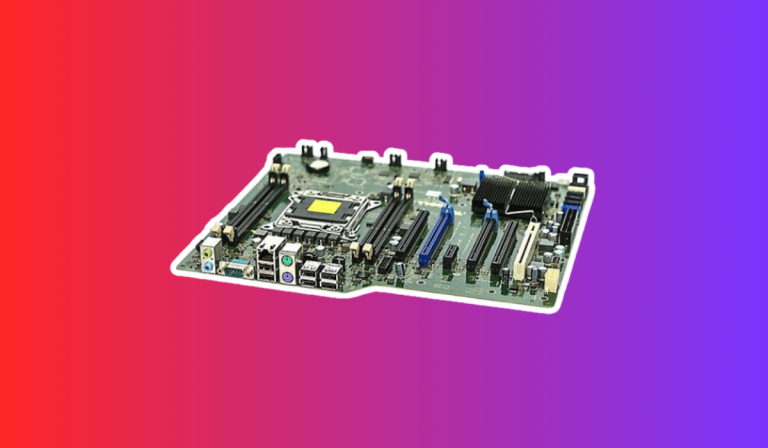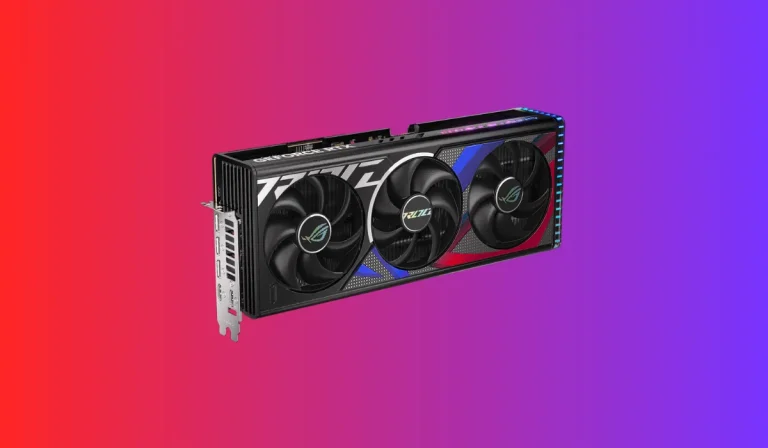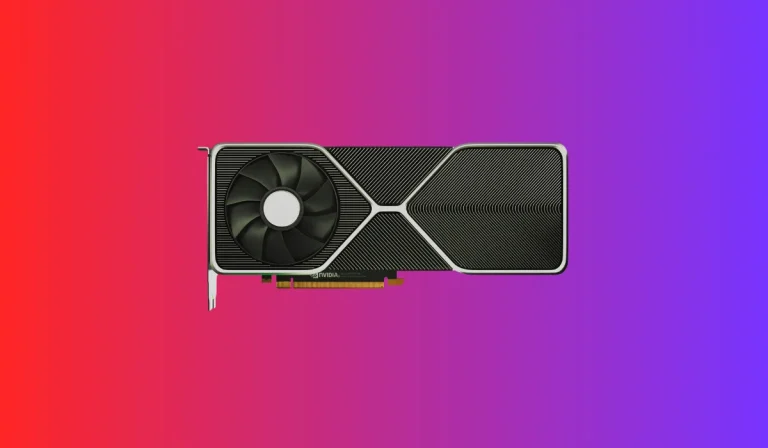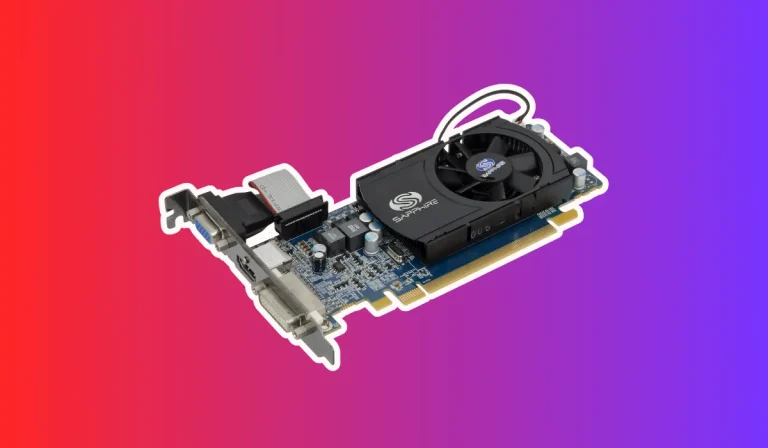How Long Can I Run a CPU Without a Heatsink?
Hey there! Have you ever wondered how long you can push your CPU without a heatsink? Well, get ready to uncover the truth! When it comes to your computer’s processor, cooling is crucial.
Understanding CPU Heat and Heatsinks
When your CPU is in action, it generates heat like a mini furnace. If left unchecked, this heat can cause your processor to overheat, leading to performance issues and potentially damaging your hardware. That’s where heatsinks come into play.
What is a Heatsink?
A heatsink is a cooling component designed to dissipate the heat generated by your CPU. It acts as a heat exchanger, absorbing the heat from the processor and dispersing it into the surrounding air.
Heatsinks are typically made of metal, such as aluminum or copper, due to their excellent thermal conductivity.
How Does a Heatsink Work?
To understand how a heatsink works, imagine it as a tiny radiator for your CPU. It consists of fins or ridges that increase the surface area, allowing for better heat dissipation.
When the CPU heats up, the heatsink absorbs the heat through direct contact or thermal paste. The enlarged surface area of the heatsink then facilitates the transfer of heat into the surrounding air, keeping the CPU temperature under control.
Types of Heatsinks
There are various types of heatsinks available, including active and passive heatsinks. Active heatsinks incorporate a fan to enhance airflow and heat dissipation, while passive heatsinks rely solely on natural convection to cool the CPU.
Each type has its advantages and suitability based on factors like CPU power consumption and case airflow.
Factors Affecting CPU Temperature
Your CPU temperature isn’t solely determined by the presence or absence of a heatsink. Several other factors can impact how hot your processor gets during operation. Let’s take a closer look at these factors:
Workload and Usage
The workload you put on your CPU plays a significant role in determining its temperature. Running intensive tasks like gaming, video editing, or rendering will generate more heat compared to lighter tasks like web browsing or document editing. The more demanding the workload, the higher the CPU temperature will rise.
Ambient Temperature
The ambient temperature of your surroundings can affect CPU temperature. If you’re using your computer in a hot room or during the summer months, the higher ambient temperature will make it harder for the CPU to dissipate heat. This can result in higher CPU temperatures even with adequate cooling.
Overclocking
Overclocking, the process of running your CPU at a higher clock speed than its default setting, can significantly impact temperature. When overclocking, the CPU operates at higher voltages and frequencies, generating more heat in the process.
Proper cooling becomes even more crucial when overclocking to prevent overheating and potential damage.
Cooling System Efficiency
The efficiency of your cooling system, including the heatsink, fans, and thermal paste, plays a vital role in CPU temperature. A well-designed and properly installed cooling system will dissipate heat effectively, keeping the CPU cooler.
On the other hand, a poorly functioning or inadequate cooling system can lead to higher temperatures and potential thermal throttling.
Signs of CPU Overheating
Your CPU has built-in protection mechanisms, but it’s essential to be vigilant and recognize the signs of overheating. Here are some indicators that your CPU might be running too hot:
System Crashes and Freezes
One of the most common signs of CPU overheating is frequent system crashes or freezes. When the processor reaches excessively high temperatures, it can cause the system to become unstable, leading to unexpected crashes or the entire system freezing up.
Sluggish Performance
If your computer starts to feel unusually slow and unresponsive, overheating could be the culprit. When a CPU overheats, it can’t perform at its best, causing a noticeable drop in overall system performance. Tasks that used to be smooth may now take longer to complete.
Excessive Fan Noise
An overheating CPU often forces the cooling fans to work overtime in an attempt to dissipate the extra heat. As a result, you may notice a significant increase in fan noise.
If you hear your computer’s fans running loudly and constantly, it could be a sign that your CPU is struggling with excessive heat.
Blue Screen of Death (BSOD)
In severe cases of CPU overheating, your computer may encounter the dreaded Blue Screen of Death. This occurs when the CPU temperature rises to a critical point, triggering a system crash to prevent further damage.
If you consistently experience the Blue Screen of Death, overheating could be the underlying cause.
Tips to Avoid CPU Overheating
Keeping your CPU cool doesn’t have to be a complicated task. By following these straightforward tips, you can ensure that your processor stays within safe temperature limits:
Ensure Proper Ventilation and Airflow
Good airflow is crucial for maintaining a cool CPU. Make sure that your computer is placed in a well-ventilated area, away from walls or other obstructions that may hinder proper airflow.
Additionally, ensure that the airflow paths within your computer case are clear from dust and debris, as they can impede cooling.
Clean Dust Regularly
Dust accumulation can restrict airflow and lead to overheating. Regularly clean your computer’s fans, vents, and heat sinks to remove any built-up dust. Use compressed air or a soft brush to gently clean these components and maintain optimal cooling efficiency.
Apply Thermal Paste Properly
Thermal paste is crucial for transferring heat from the CPU to the heatsink. When applying or reapplying thermal paste, ensure that you use the right amount and spread it evenly over the CPU surface. This helps to maximize heat transfer and prevent hotspots.
Monitor CPU Temperatures
Keep an eye on your CPU temperatures using monitoring software. Many free programs are available that allow you to track your CPU’s temperature in real time.
Monitoring your CPU temperatures regularly can help you identify any potential overheating issues before they cause damage.
Consider Upgrading Cooling Solutions
If you frequently engage in resource-intensive tasks like gaming or video editing, you might want to consider upgrading your cooling solutions.
Investing in a high-quality CPU cooler or additional case fans can significantly improve heat dissipation and keep your CPU at lower temperatures.
FAQ’s
1. How long can I run a CPU without a heatsink?
Running a CPU without a heatsink is not recommended, as it can lead to overheating and potentially damage the processor. It is best to always use a heatsink when operating your CPU to ensure proper cooling.
2. Can I run my CPU without a heatsink for a short period?
While it is technically possible to run a CPU without a heatsink for a short period, it is strongly discouraged. Even a brief duration can cause the CPU to overheat rapidly, leading to potential damage. It is advisable to use a heatsink at all times to maintain safe operating temperatures.
3. What are the risks of running a CPU without a heatsink?
Running a CPU without a heatsink poses several risks. The lack of proper cooling can cause the CPU to reach high temperatures quickly, leading to thermal throttling, system instability, and even permanent damage to the processor. It can also affect the overall performance and lifespan of your computer.
4. Will a CPU shut down automatically if it overheats without a heatsink?
Modern CPUs often have built-in thermal protection mechanisms that can shut down the system automatically if the temperature exceeds a certain threshold. However, relying solely on this protection is not recommended, as prolonged exposure to high temperatures can still cause damage to the CPU.
5. Can I use alternative cooling methods instead of a heatsink?
Using alternative cooling methods, such as liquid cooling or high-performance air coolers, is generally recommended over running a CPU without a heatsink. These cooling solutions are designed to dissipate heat effectively and provide better thermal management, helping to maintain safe temperatures for the CPU during operation.
Conclusion
Running a CPU without a heatsink is not recommended. Even for a short period, it can lead to rapid overheating, system instability, and potential damage to the processor.
To ensure the longevity and optimal performance of your CPU, always use a proper heatsink for effective cooling.





